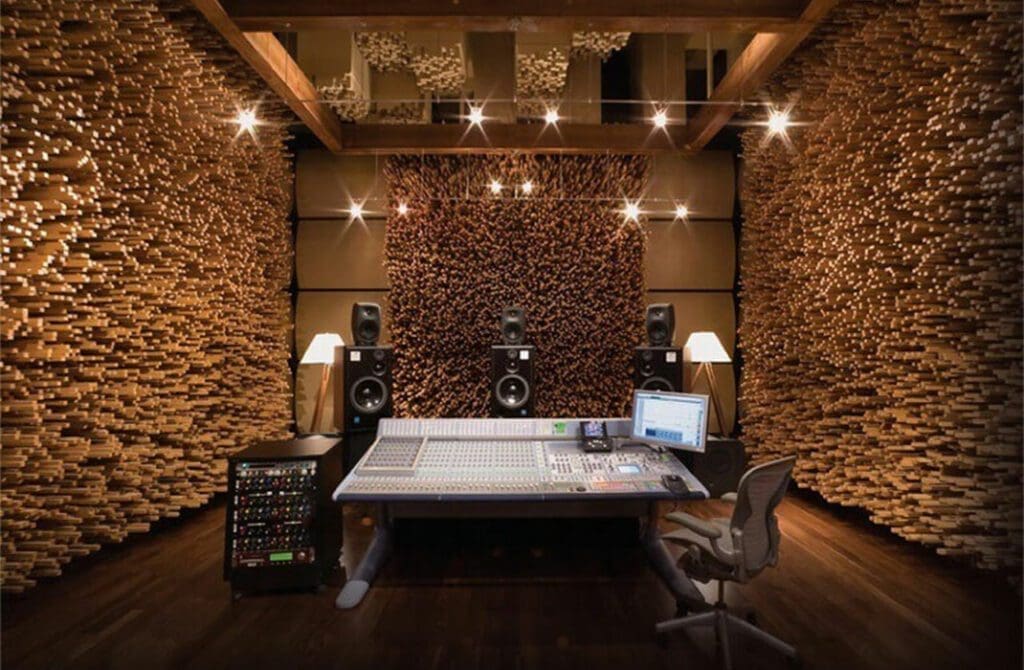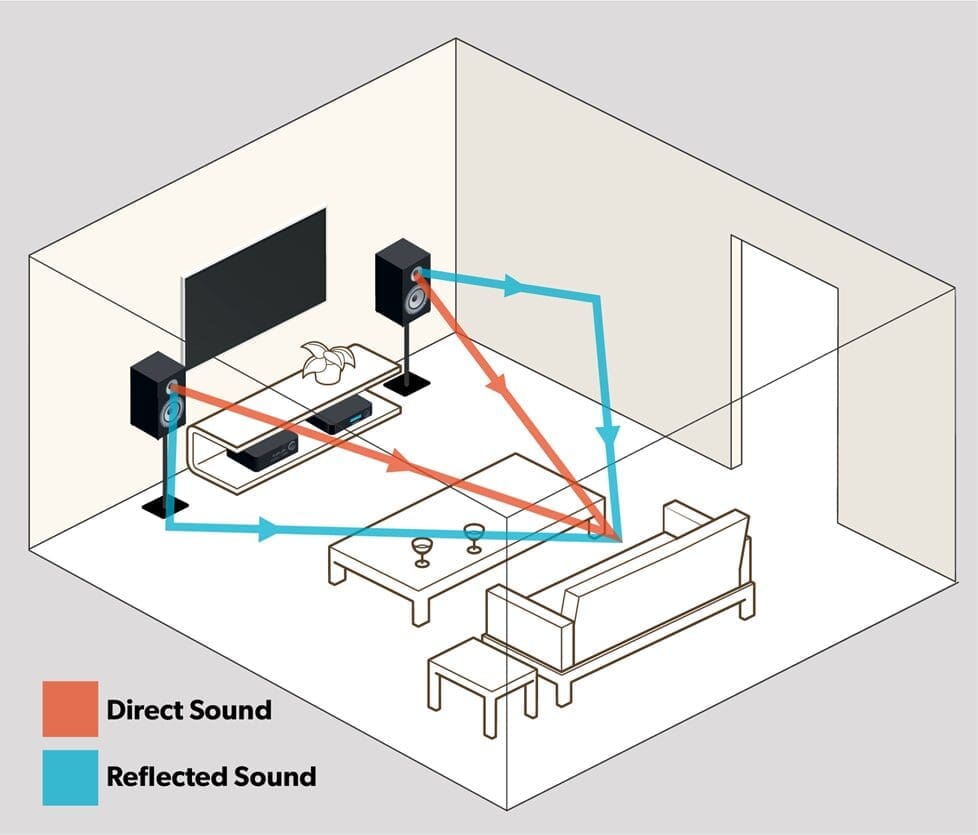Low-frequency reflections can be a major issue in many rooms, causing muddiness and a lack of clarity in the sound. Fortunately, there are several ways to address this problem and reduce these reflections.
In this article, we will discuss the various methods of addressing low-frequency reflections and how to best utilize them for a better listening experience.
What are low-frequency reflections?
Low-frequency reflections are sound reflections that occur at lower frequencies. These reflections are caused by sound waves bouncing off of hard surfaces in a room, such as walls, floors, and ceilings.
Low-frequency reflections can cause a room to sound muddy, boomy, or reverberant, and can also cause sound to become distorted. To reduce low-frequency reflections, it is important to use sound-absorbing materials, such as acoustic foam, to absorb sound waves and reduce their reflections.
Who is this useful for?
Low-frequency reflection in rooms is a concern for anyone designing or constructing a room, such as an auditorium, theatre, or recording studio. Architects, acousticians, and audio engineers, artists and musicians all need to consider the effects of low-frequency reflection in order to create a space that is acoustically balanced and sounds good.
Beginners guide:
- Acoustic Treatment: Acoustic treatment is the best way to address low-frequency reflections in a room. This includes using acoustic foam, bass traps, and other types of sound-absorbing materials to reduce the amount of sound bouncing off walls and other surfaces.
- Move Furniture: Moving furniture around a room can also help reduce low-frequency reflections. This is because furniture can act as a barrier, blocking sound waves and preventing them from bouncing off walls and other surfaces.
- Diffusers: Diffusers are special acoustic panels that are designed to scatter sound waves, instead of absorbing them. This can help reduce the amount of low-frequency reflections in a room.
- Soundproof Curtains: Soundproof curtains are another great way to reduce low-frequency reflections in a room. They can help absorb sound waves and prevent them from bouncing off walls and other surfaces.
Professional guide:
The first step is to identify the problem areas. Low-frequency reflections can be caused by a variety of factors, including room size, shape, and construction materials. To pinpoint the exact location of the problem areas, professionals should use a frequency analyzer to measure the frequency response of their room. This will allow them to identify which frequencies are being reflected, and where they are coming from.
Once the problem areas have been identified, the next step is to address them. One of the most effective ways to reduce low-frequency reflections is to use acoustic treatment. This can include bass traps, which are designed to absorb low-frequency energy, as well as diffusers, which help to disperse sound energy more evenly throughout the room. Additionally, professionals can use acoustic foam to absorb mid- and high-frequency reflections.
Another way to reduce low-frequency reflections is to use a subwoofer. A subwoofer can help to fill in the low-frequency range and reduce the amount of reflected energy in the room. Additionally, the subwoofer can be used to adjust the balance of the room, allowing professionals to tweak the sound to their liking.
Finally, professionals should consider using a room equalizer. A room equalizer can be used to adjust the frequency response of the room, allowing professionals to fine-tune the sound to their specific needs. This can be especially useful for reducing low-frequency reflections.
Summary
By following these steps, you can effectively reduce the number of low-frequency reflections in your room and improve sound quality.












